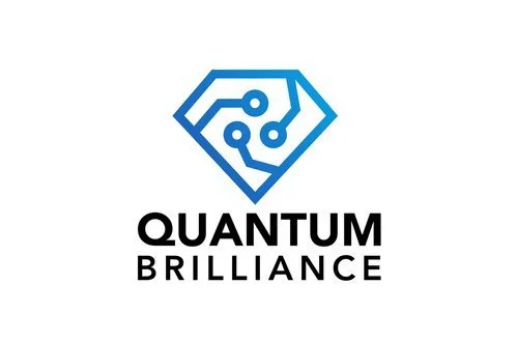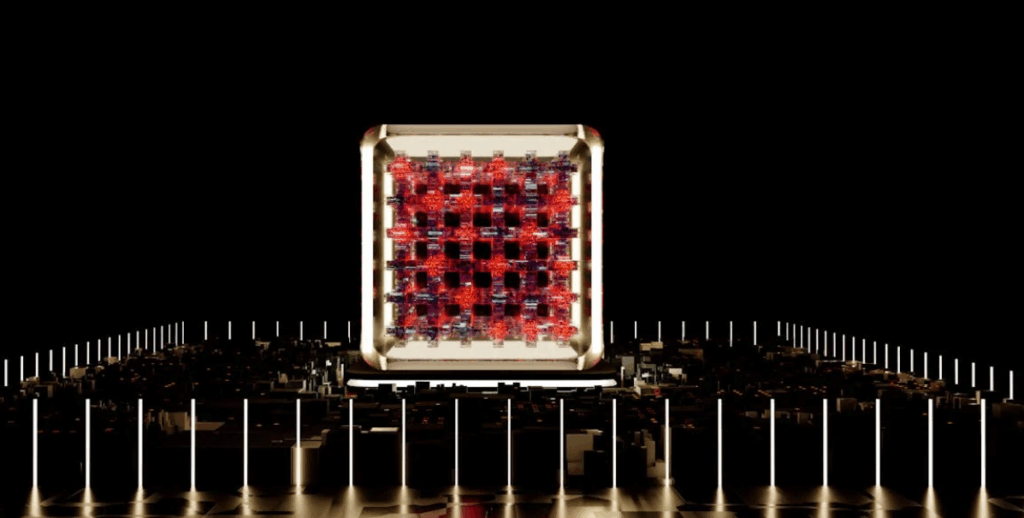Insider Brief:
- The global telecom industry faces structural stagnation where traditional revenue models are nearing saturation, growth has slowed to under 3% annually (below inflation), and differentiation has narrowed to basic factors like price and reliability.
- Leading operators are shifting from being connectivity providers to technology companies, integrating AI, cloud, and quantum technologies to create new efficiencies and defend market share.
- Quantum offers three main opportunities: network optimization, security through QKD and PQC, and analytics via quantum machine learning for predictive maintenance.
- Over the next decade, telecoms must move from pilot projects to quantum-native infrastructure, using ecosystem collaboration and talent development to unlock efficiency, security, and strategic differentiation.
The global telecom backbone is the unseen architecture of the modern world, the network through which every byte of information, every transaction, and every algorithm moves. But even this foundation of the digital economy, once defined by its reach, is running up against the limits of scale. Networks have never been faster or denser, but their economics are stagnating and exposing a deeper question for the industry that built modern connectivity: how do you keep innovating?
The global telecommunications sector is entering a phase of structural recalibration. Traditional revenue models built on connectivity are nearing saturation, while capital requirements for 5G and fiber continue to rise. According to PwC’s Perspectives from the Global Telecom Outlook 2024–2028, total telecom service revenue rose 4.3% in 2023 to USD 1.14 trillion but is projected to grow at a compound annual rate of only 2.9% through 2028, which is below expected inflation in many major markets. Margins remain under pressure, and competitive differentiation has narrowed to price, coverage, and reliability, leaving operators searching for new sources of value creation.
In response, leading operators are repositioning themselves as technology companies rather than carriers by integrating artificial intelligence, cloud services, and increasingly, quantum technologies. The objective is not only to defend market share but to establish new technical and commercial advantages across infrastructure efficiency, cybersecurity, and enterprise services.

Telecom Market Pressures and Structural Constraints
Core connectivity services are increasingly commoditized. Data consumption continues to climb, but average revenue per user remains flat. Heavy capital expenditure on 5G densification, fiber rollout, and early 6G R&D has not produced proportional returns. At the same time, competition has intensified. Cable and satellite providers are expanding enterprise offerings, while hyperscalers such as AWS, Google Cloud, and Microsoft Azure are offering private network and edge computing solutions that bypass traditional operators altogether.
This convergence blurs industry boundaries and challenges telecoms to move higher in the value chain. Yet doing so requires more beyond technical adaptation. Digital transformation demands agile operating models and advanced skills in AI, cloud architecture, and cybersecurity, which all happen to be areas where many legacy organizations are still catching up. Collectively, these pressures define a sector facing structural stagnation, but also uniquely positioned to benefit from technological convergence.
Functional Pathways for Quantum in Telecommunications
Quantum technology is a potential differentiator in three domains directly relevant to telecom operations: network optimization, security, and data analytics. In network optimization, quantum computing may be able to address NP-hard problems in network design, resource scheduling, and traffic management. These problems are computationally expensive for classical systems but could save time if solved via quantum processors. Vodafone recently demonstrated this by using a photonic quantum computer to optimize fiber routing.
In cybersecurity, the same quantum capability that threatens existing encryption also drives the movement toward quantum-safe communications. Two complementary approaches include post-quantum cryptography (PQC), which can be deployed through software upgrades using mathematically secure algorithms, and quantum key distribution (QKD), which uses quantum mechanics to secure key exchange at the physical layer.
SK Telecom, in partnership with ID Quantique, currently operates one of the world’s largest QKD networks, connecting 48 public-sector organizations. BT, in collaboration with Toshiba and EY, runs a commercial QKD-secured metro network in London. Orange has launched Quantum Defender, a hybrid PQC-QKD service for enterprises. Together, these initiatives represent the first generation of commercially viable quantum-safe infrastructure.
In analytics, early experiments suggest that quantum machine learning may be able to enhance anomaly detection and predictive maintenance in complex networks. In analytics, early experiments suggest that quantum machine learning may be able to enhance anomaly detection and predictive maintenance in complex networks. These capabilities are central to telecom operations because even small disruptions in network performance can cascade into large-scale service outages, customer churn, and costly downtime. By identifying faults before they propagate, predictive systems help maintain reliability and optimize the use of limited infrastructure resources. Telstra in Australia has piloted a QML model that identifies network performance degradation faster than traditional deep learning, reflecting how quantum resources may augment AI-based network intelligence in the near term.
How Regions Are Building the Quantum Communication Backbone
Regional approaches to quantum integration vary widely. In Europe, the EuroQCI initiative has positioned the continent as a leader in quantum communication infrastructure, with national programs in France, Germany, and Spain focusing on embedding QKD within existing fiber networks.
Across Asia-Pacific, South Korea and Japan are advancing government-backed quantum communication projects, with South Korea integrating QKD into both telecom and defense sectors. China continues to scale its quantum network infrastructure and hardware production capabilities.
In North America, major operators such as Verizon and AT&T are emphasizing PQC adoption while participating in U.S. research initiatives such as Q-NEXT and NIST’s PQC Standardization Project. Canada’s Bell and TELUS have begun testing QKD applications in partnership with domestic research institutes.
Meanwhile, the Middle East is becoming an early adopter in strategic contexts. The UAE’s Etisalat e& has launched QuantumConnect, a national QKD testbed in Abu Dhabi designed to establish a foundation for secure government and enterprise communication aligned with its digital economy agenda.
From Pilot to Infrastructure: The Roadmap for Quantum Integration
Integrating quantum technology into telecom operations will likely progress through three overlapping phases. The pilot phase (2023–2026) is focused on proof-of-concept projects in QKD and quantum optimization, with limited commercial offerings. Hybrid integration (2026–2030) may see the embed of PQC standards into network software and begin testing quantum-enhanced AI models for operational efficiency. Beyond 2030, quantum-native infrastructure could actively develop, integrating dedicated quantum communication channels and computing nodes directly into telecom networks for optimization and defense.
Progress will depend on cost reduction, hardware reliability, and interoperability with emerging cloud-native architectures such as Open RAN and software-defined networking. The speed of standardization efforts will determine how quickly pilots transition into production-scale systems.
Quantum Integration as a Strategic Imperative
For operators, quantum technologies represent both a risk mitigation strategy and a growth lever. Security differentiation is likely to become a defining market factor, particularly for enterprise clients in finance, government, and critical infrastructure. Operational efficiency through quantum optimization could reduce both energy and capital expenditure, addressing one of the sector’s core financial constraints.
Ecosystem collaboration will be essential, as telecoms increasingly depend on partnerships with quantum hardware vendors, cloud providers, and national research programs. Finally, governance and talent remain significant barriers; without coordinated investment in skills and regulation, implementation will lag behind technological capability.
Telecommunications is evolving from a model of connectivity to one of computational infrastructure, where intelligence, automation, and security define long-term value creation. Quantum technologies will not immediately transform networks, but they are affecting the next competitive wave, one where trust, efficiency, and adaptability replace bandwidth and price as primary differentiators. Over the next decade, the industry’s success will hinge on integration at scale. Those that can operationalize quantum and AI capabilities into core network functions will move from incremental improvement to genuine strategic renewal.
As the telecom industry navigates this transition, The Quantum Insider connects technological potential with actionable strategy. Designed to act as a global interpreter and catalyst for the quantum industry, TQI’s proprietary platform transforms fragmented data and developments into clarity and supports telecom executives, strategists, and policymakers in making informed decisions on quantum integration.
To learn more about how TQI can support your organization’s quantum roadmap for telecommunications, contact us at [email protected].
















